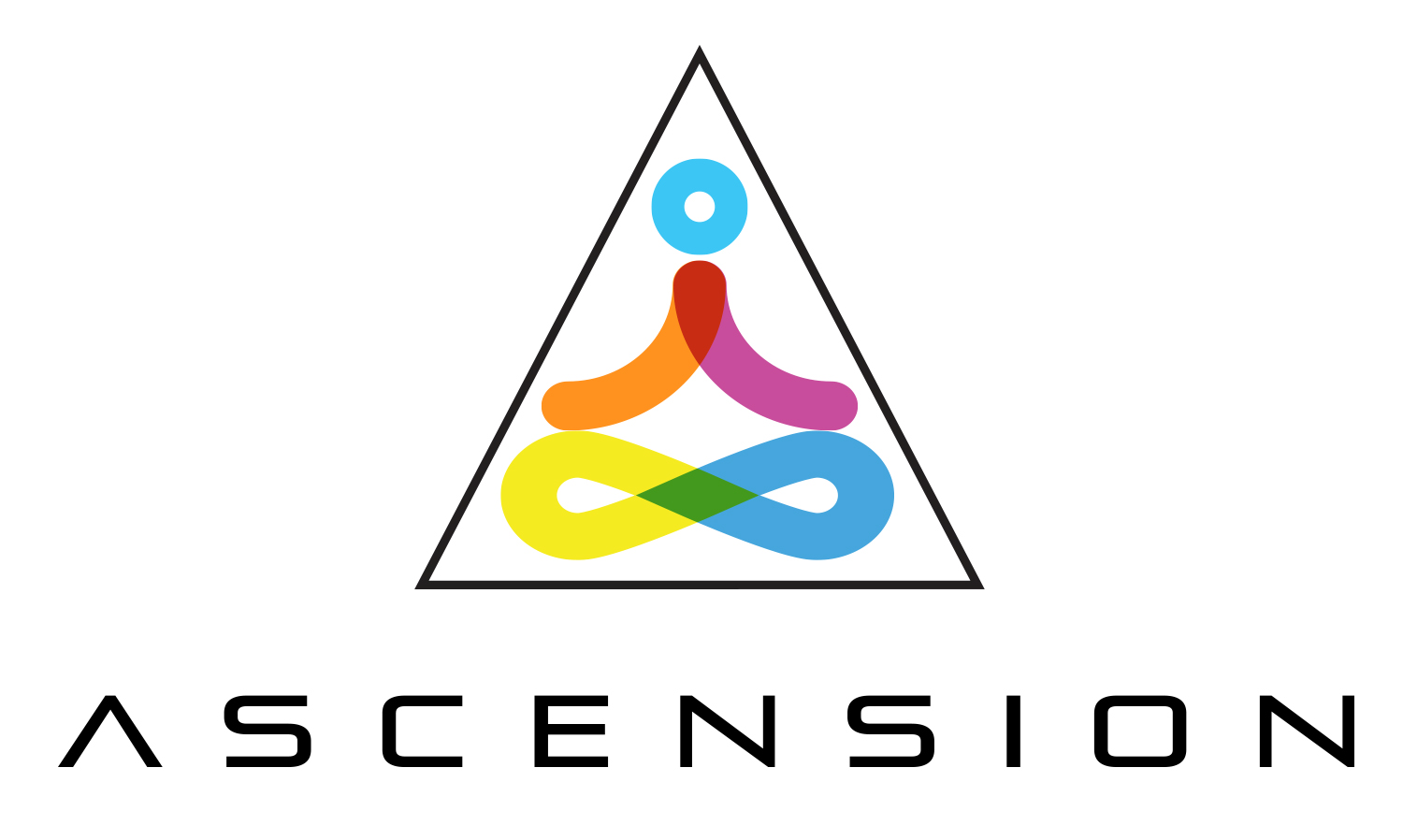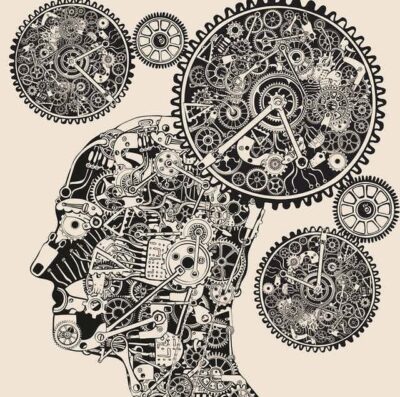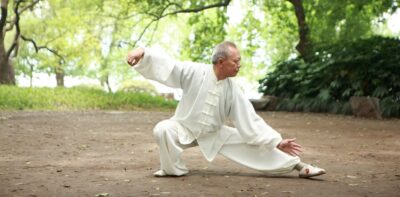 The night is going well. Everyone is laughing, and there is a happy energy in the air. The conversation flows easily and you’re the merry, relaxed kind of drunk. Then Josh swaggers over with a tray of something. Then you see what it is. Oh no.
The night is going well. Everyone is laughing, and there is a happy energy in the air. The conversation flows easily and you’re the merry, relaxed kind of drunk. Then Josh swaggers over with a tray of something. Then you see what it is. Oh no.
“Time to do shots!” he shouts. You’re not sure, and you see others aren’t too keen either. But you don’t want to be a spoilsport. A grimace and a cough later, and the night changes. You feel sick, the room is spinning, and within a few minutes, everyone is too drunk to talk.
There comes a point when a thing becomes too much. If you’re not the outgoing, drinking sort, you could replace the opening example with something else. It might be at the end of the meal when that final slice of pizza turns you from “comfortably full” to “ergh”; when the car karaoke goes from being huge fun to a throat aching chore; or when that Tarantino movie you’re liking so far still has another two hours to go. Anything in excess becomes miserable, even the good things in life.
The fact that humans have unquenchable thirst and insatiable appetites is not new wisdom. It’s found in early Vedic texts, in Ancient Greece, and in most of the world’s religions today (most starkly in Buddhism, Hinduism and Jainism. But in the Swedish idea of lagom, it has been given fresh life.
It’s an idea that might change how you see your life.
Just the right amount
Lagom translates as “just the right amount.” It means knowing when enough is enough, and trying to find balance and moderation rather than constantly grasping for more. Lagom is that feeling of contentment we all get when we have all that we need to make us comfortable. It’s neither a millionaire’s splurge in Vegas, nor a pauper’s cold winter night. It means having a roof over your head, food in your belly, friends at your back, and money — just enough money — in your pockets. If Goldilocks had a catchphrase, it would be “let’s lagom this bear house.”
There are two separate strands to lagom. The first is a kind of social awareness that recognizes that what we do affects other people. In this, we might see lagom more as a kind of “fair use” policy. If you take three cookies from the plate, two other people aren’t going to get one. If you hoard and grab everything you can, elbowing and cursing your way to the front of the line, then at best, that makes you a bit of an ass. At worst, it leaves others in ruin.
The second strand, however, is a mental shift that finds contentment in satisfaction. Many of us have internalized the ideas that bigger means better, that a bank balance means status, and that excess means happiness. Lagom, though, is to enjoy the “just right.” It’s not simply learning to “enjoy the simple things,” but also appreciating that sometimes less really is more. Lagom is knowing that enjoying the now of what you have does not mean you need to add more of it. After all, talking to a friend over a coffee is nice. But meeting with ten friends after ten coffees does not make things better. Lagom is to accept this and to let the fact deepen.
Applying lagom to your life
So, how are we to apply the Swedish principle of lagom to our lives? The great thing about lagom, as opposed to more ancient texts or religious homilies, is that it has an obvious practical value. It can apply to any type of person living any type of life. Here are just a few examples to start us off.
Work-life balance. It’s very easy to focus on only one part of life — work, love, family, health, play — that we end up ignoring or under-developing another part. Spending an entire month hiking and bonding with your brother might be great family time, but it probably won’t go down well with the boss. The Swedes, though, tend to be much more attuned to a sense of balance. They often will allow generous, regular breaks into their workday; they will go outside when they have been inside for too long; and so on. A “fulfillment wheel” is a way to measure balance across different aspects of life. Lagom is to be well-rounded and to take pleasure in that.
Exercise. The fitness industry has worked a clever narrative into our collective unconscious. It’s one which says that a $50-per-month gym membership, sparkly and expensive new shoes, and a bank-bruising personal trainer shouting at you to hop around and swing on ropes are the best way — the only way — to get fit. The lagom approach is to recognize that a walk is enough. For most people, regular trainers and a $5 T-shirt are enough to go running. Belly dancing, star jumps (jumping jacks), YouTube Zumba, and gardening are perfectly viable ways to get your exercise.
Staying in is the new going out. I’m sure your childhood is sprinkled with great holiday memories and brilliant getaways, but chances are that your fondest, deepest memories were those spent simply at home. You do not have to pay lots of money, or travel for hours, to have fun. A cheaply cooked meal, some old-worn pajamas, and an unashamedly rubbish movie is “just enough” to have fun.
There are countless other ways we can apply lagom, from how often we see our friends to how much we buy to living sustainably. But the profoundest element of lagom is simply to rest and relax when a thing feels good. Simple pleasures do not mean simple humans.
Original article here


 Our eyes are continuously bombarded by an enormous amount of visual information – millions of shapes, colours and ever-changing motion all around us. For the brain, this is no easy feat. On the one hand, the visual world alters continuously because of changes in light, viewpoint and other factors. On the other, our visual input constantly changes due to blinking and the fact that our eyes, head and body are frequently in motion.
Our eyes are continuously bombarded by an enormous amount of visual information – millions of shapes, colours and ever-changing motion all around us. For the brain, this is no easy feat. On the one hand, the visual world alters continuously because of changes in light, viewpoint and other factors. On the other, our visual input constantly changes due to blinking and the fact that our eyes, head and body are frequently in motion. The effect of exercise on health is profound. It can protect you from a range of conditions, including heart disease, type 2 diabetes and some cancers. But the type and amount of exercise you should do changes as you age. To ensure that you are doing the right type of exercise for your age, follow this simple guide.
The effect of exercise on health is profound. It can protect you from a range of conditions, including heart disease, type 2 diabetes and some cancers. But the type and amount of exercise you should do changes as you age. To ensure that you are doing the right type of exercise for your age, follow this simple guide.
 Most people start to put on weight in their 40s. Resistance exercise is the best way to optimise calorie burning to counteract fat accumulation and reverse the loss of three to eight percent of muscle mass per decade. Ten weeks of resistance training could increase lean weight by 1.4kg, increase resting metabolic rate by 7 percent and decrease fat weight by 1.8kg.
Most people start to put on weight in their 40s. Resistance exercise is the best way to optimise calorie burning to counteract fat accumulation and reverse the loss of three to eight percent of muscle mass per decade. Ten weeks of resistance training could increase lean weight by 1.4kg, increase resting metabolic rate by 7 percent and decrease fat weight by 1.8kg. Typically, people accumulate more chronic conditions as they get older, and ageing is a major risk factor for cancer. Maintaining a high level of physical activity can help prevent cancers, such as post-menopausal breast cancer, colon cancer and cancer of the womb, and it reduces the risk of developing chronic conditions, such as heart disease and type 2 diabetes.
Typically, people accumulate more chronic conditions as they get older, and ageing is a major risk factor for cancer. Maintaining a high level of physical activity can help prevent cancers, such as post-menopausal breast cancer, colon cancer and cancer of the womb, and it reduces the risk of developing chronic conditions, such as heart disease and type 2 diabetes.
